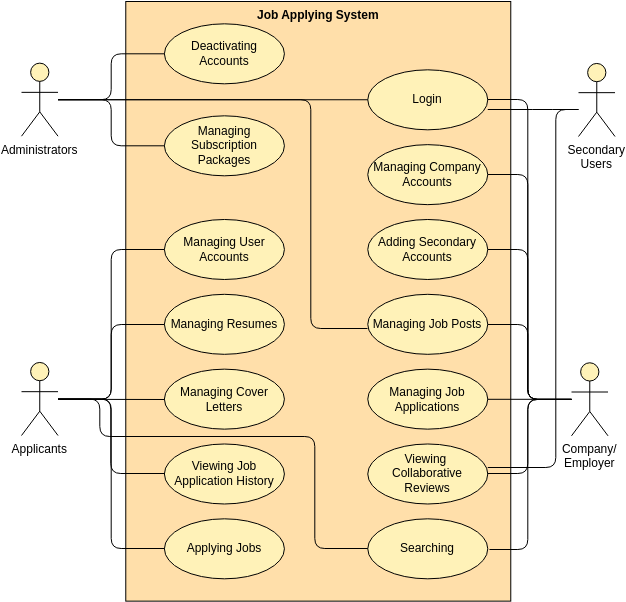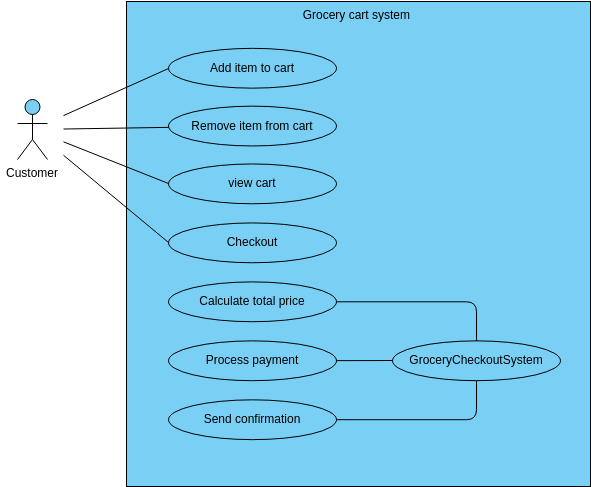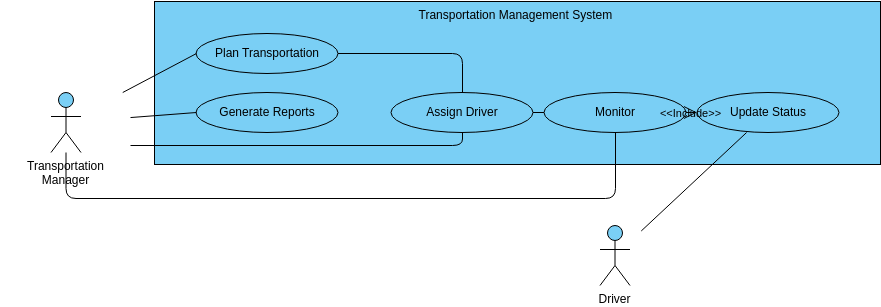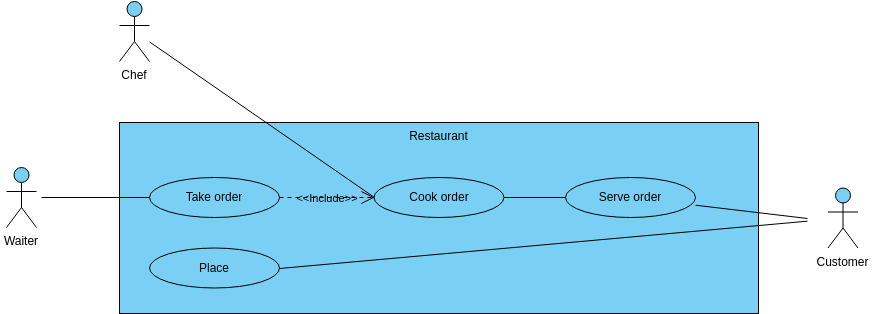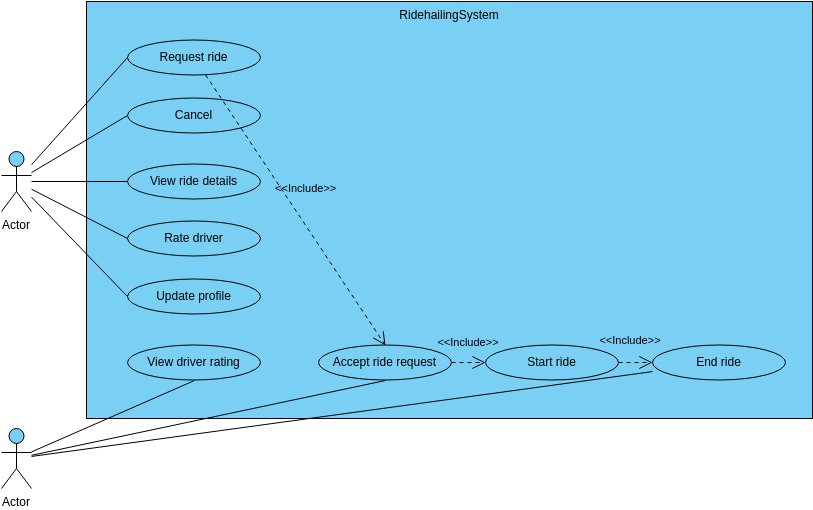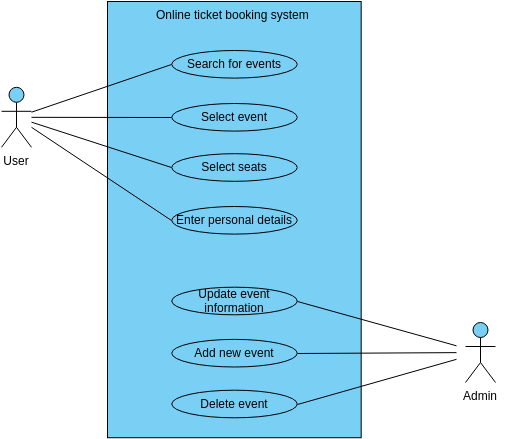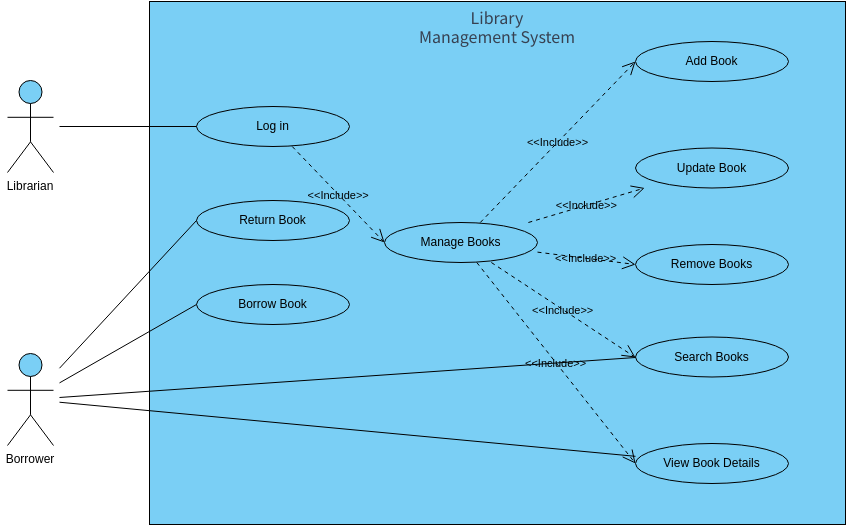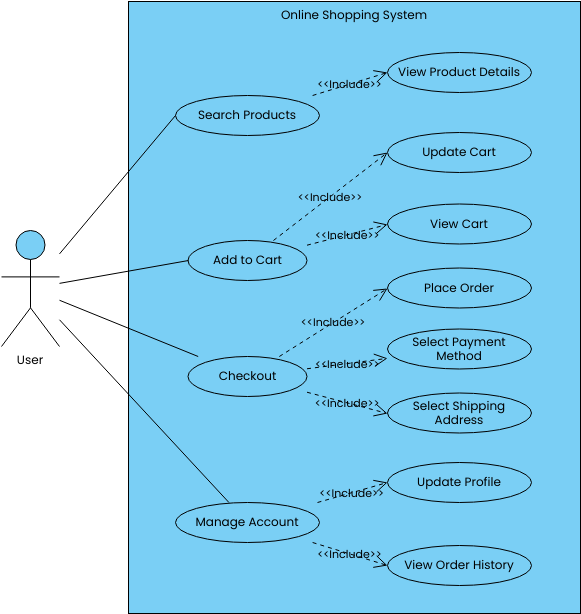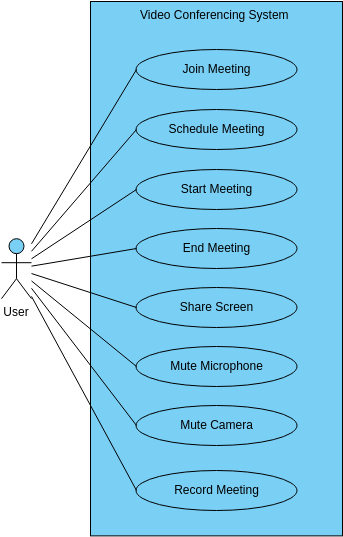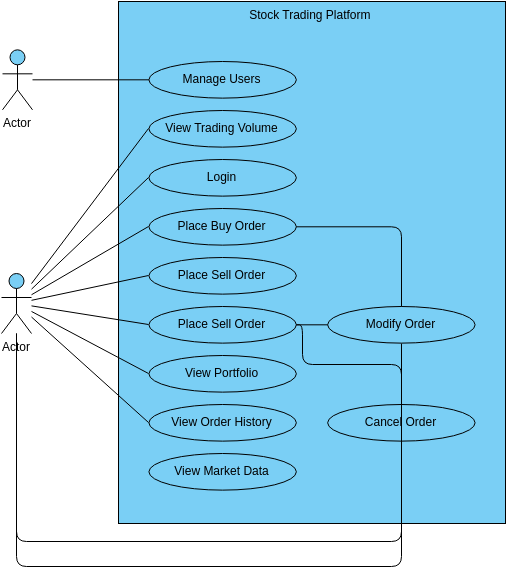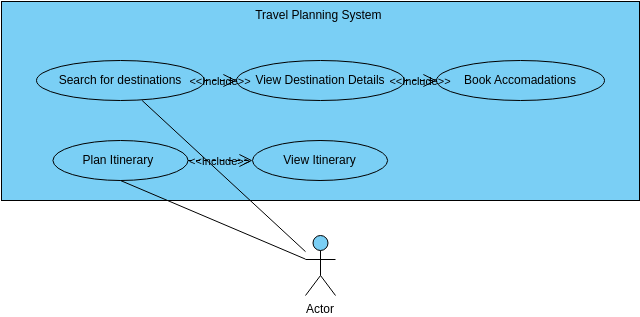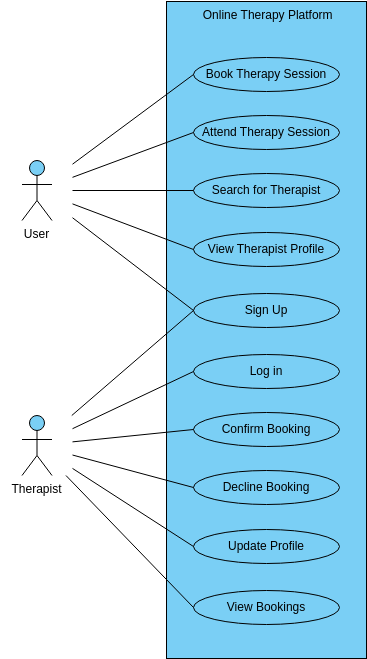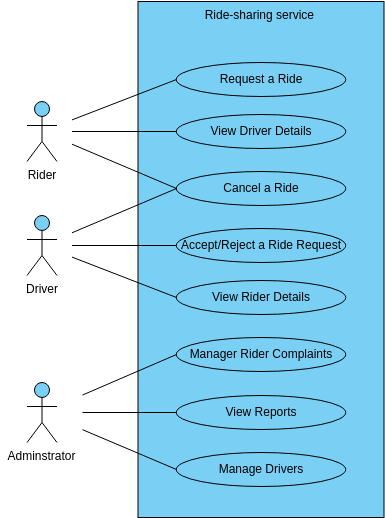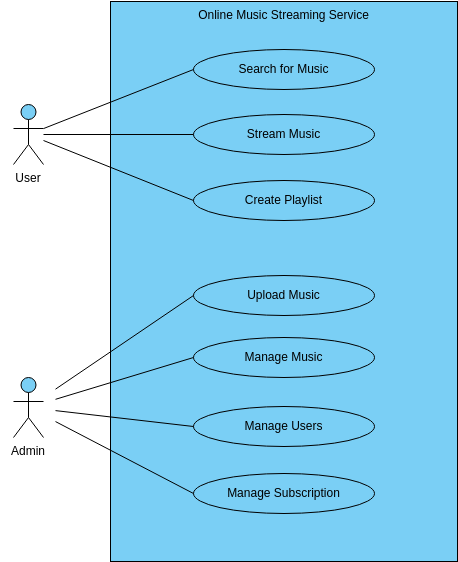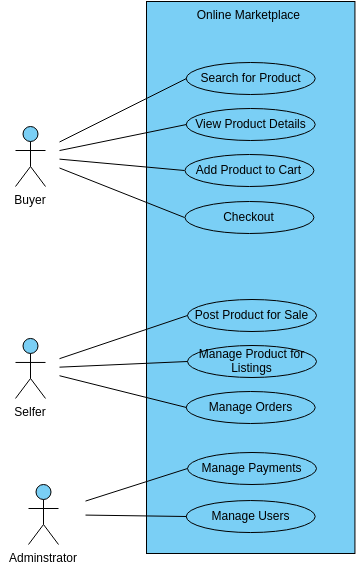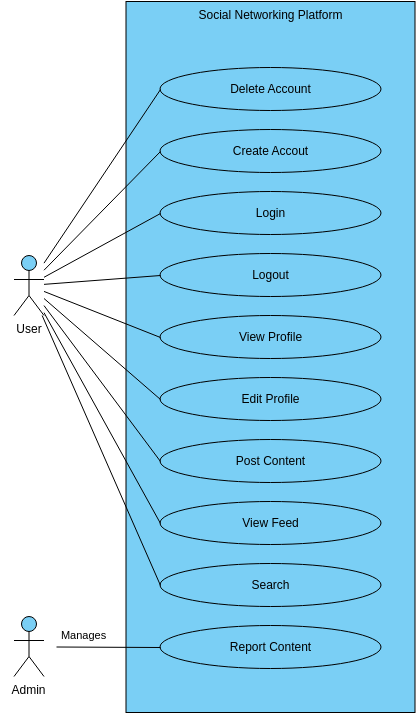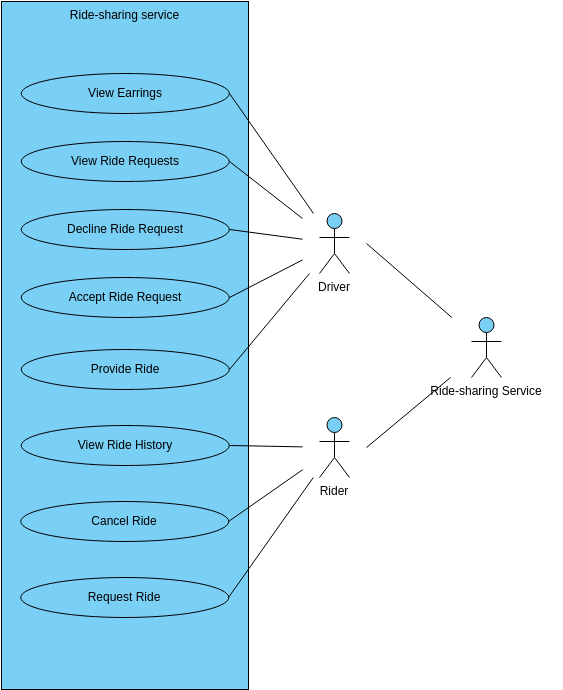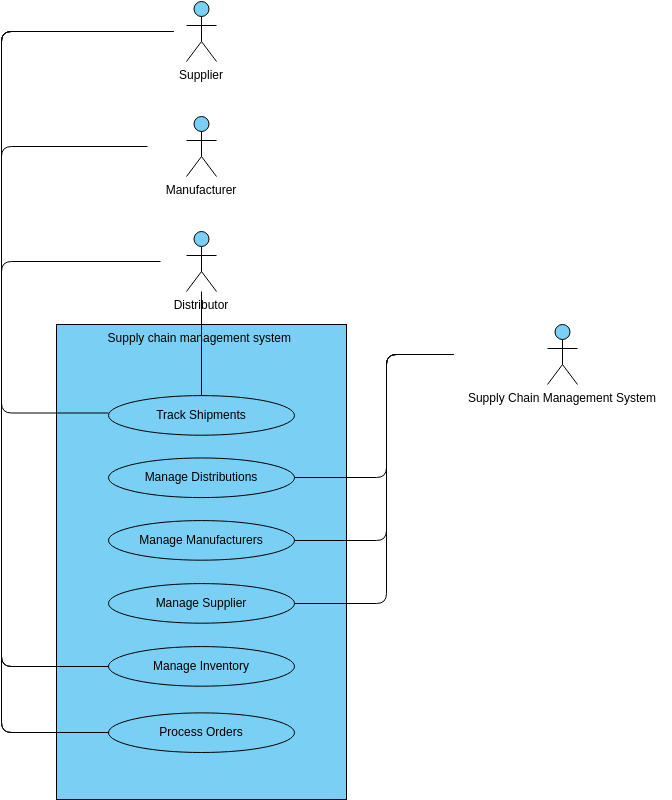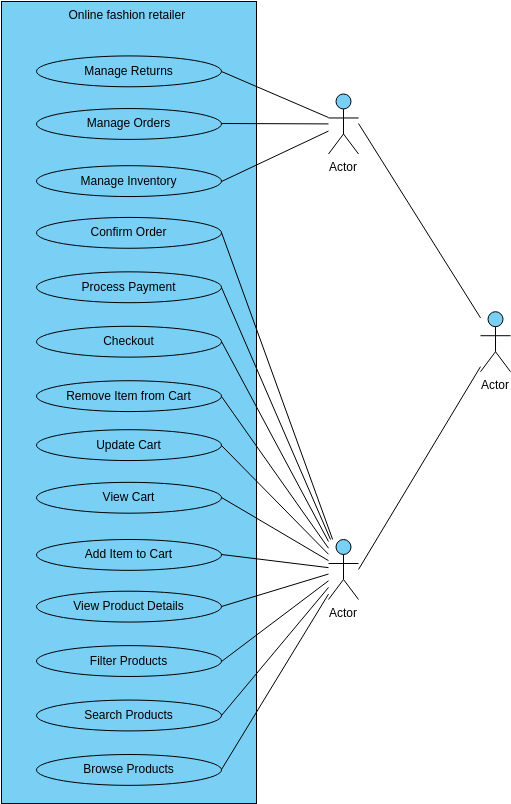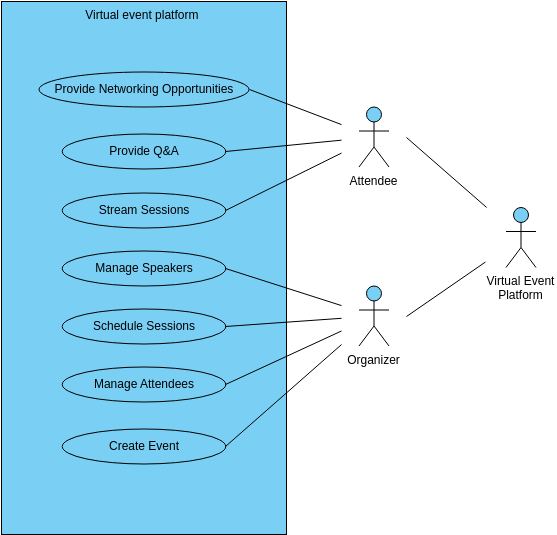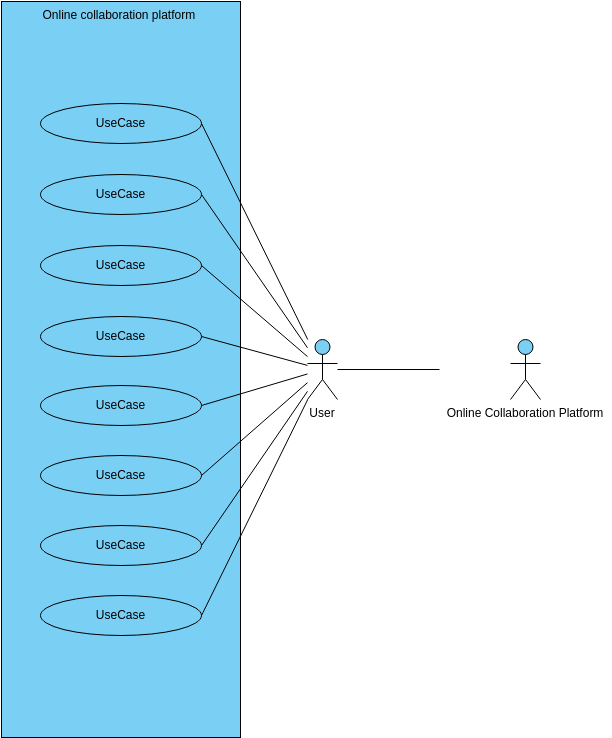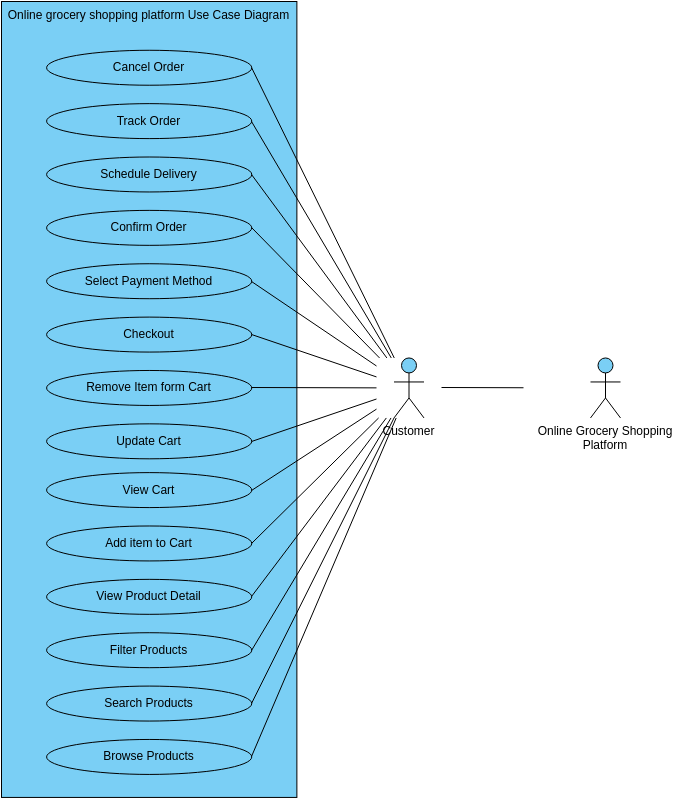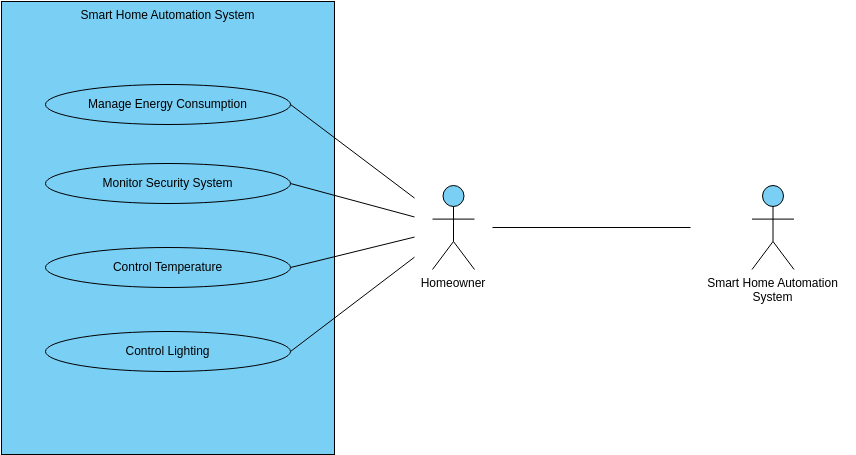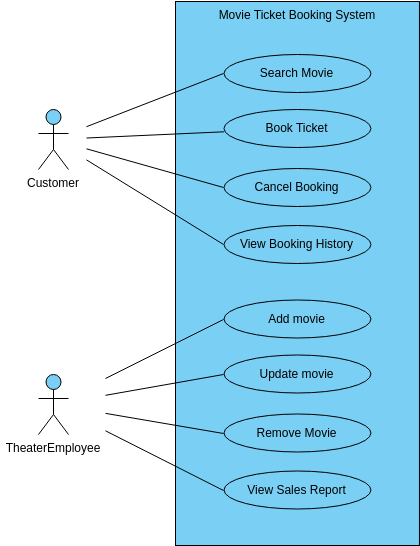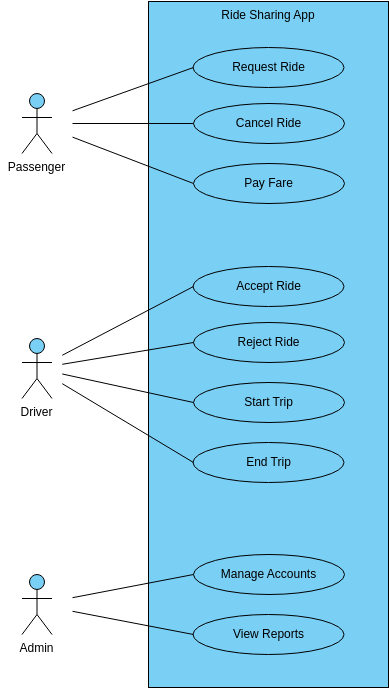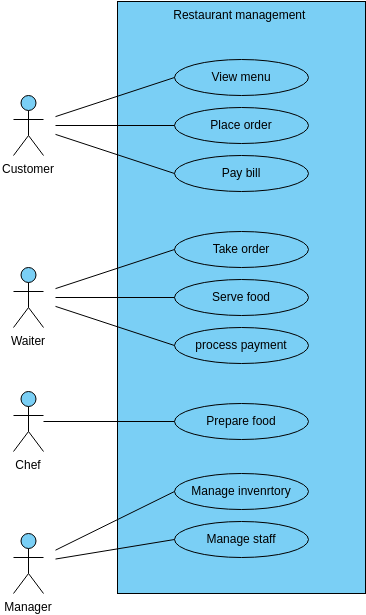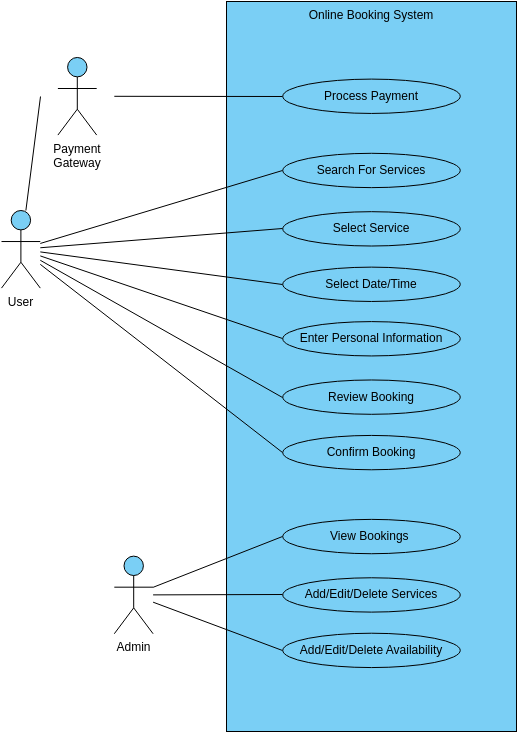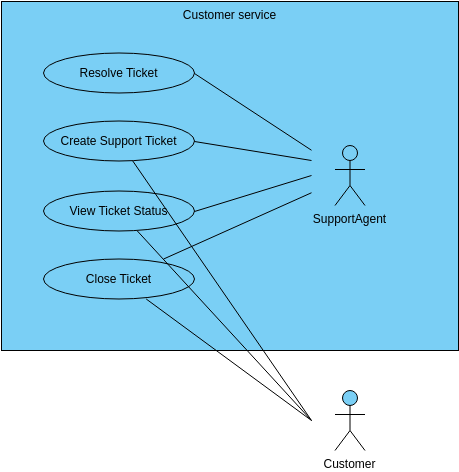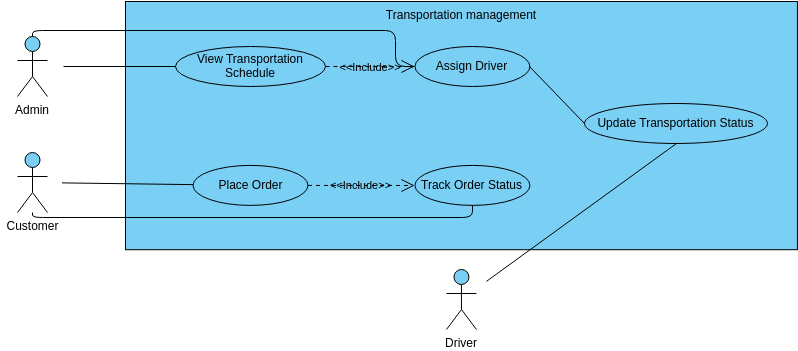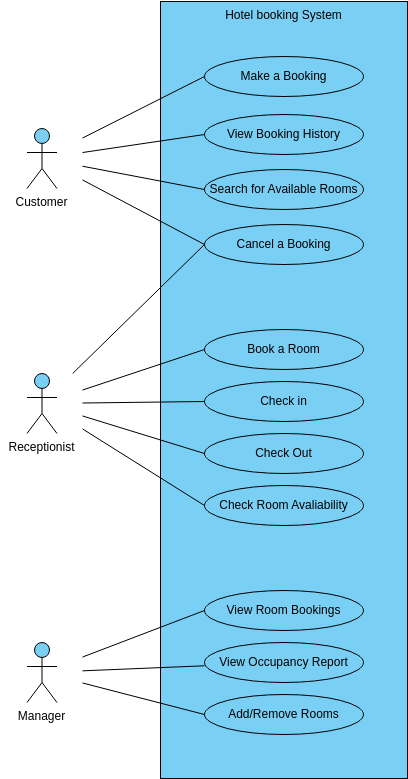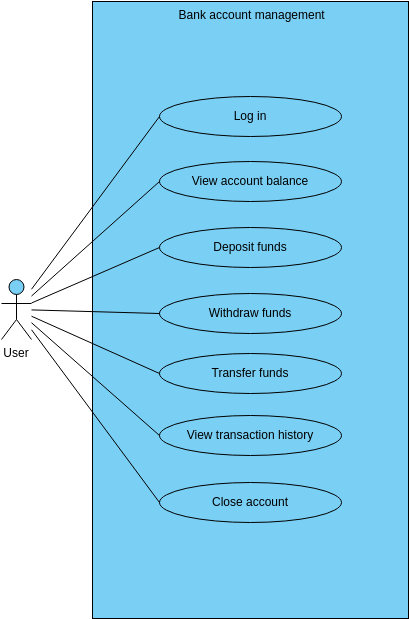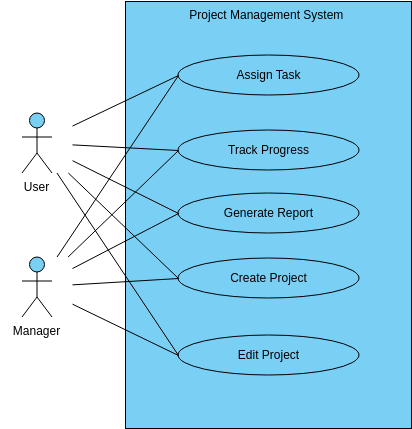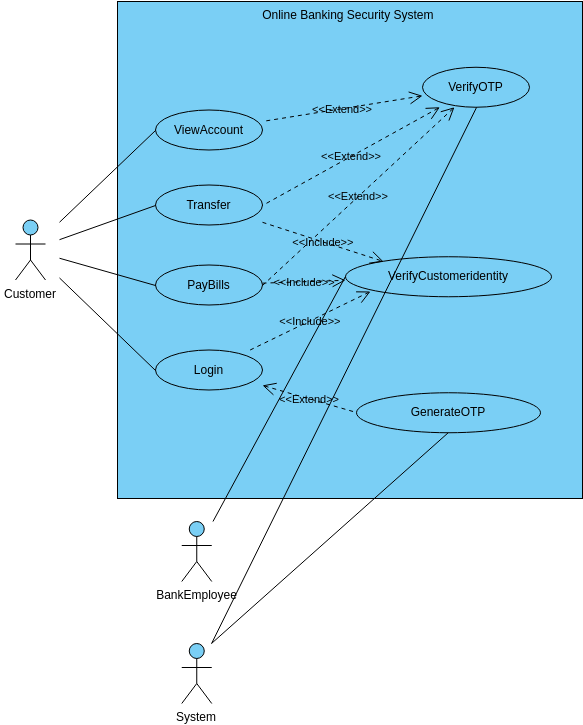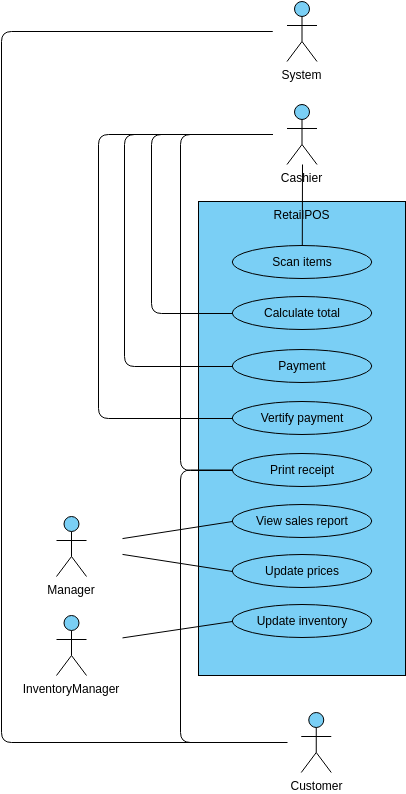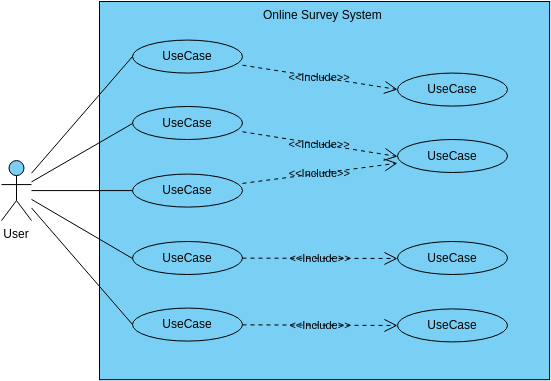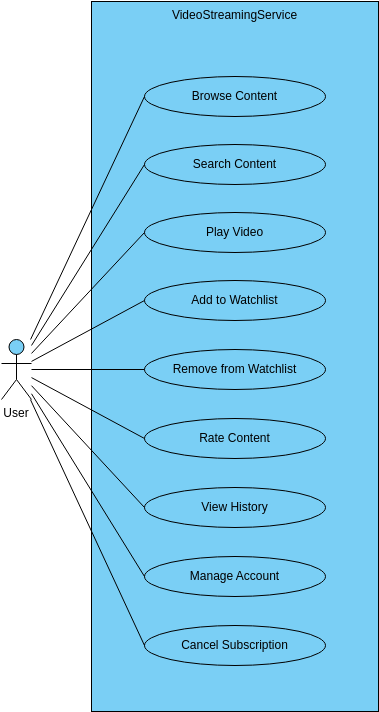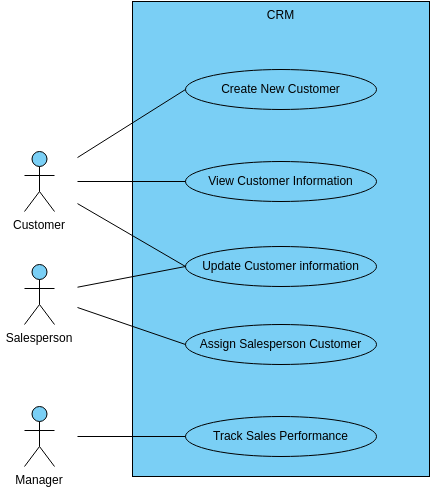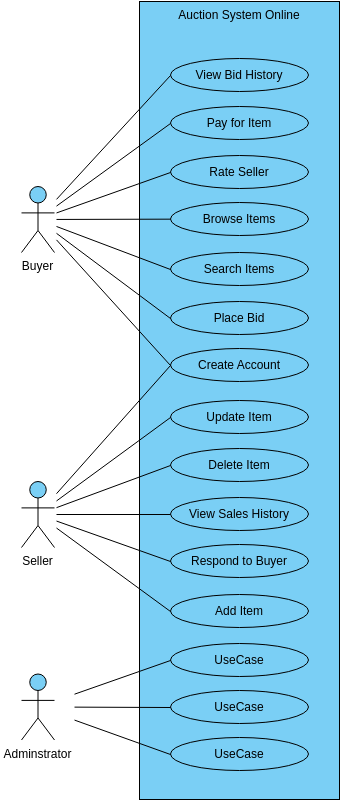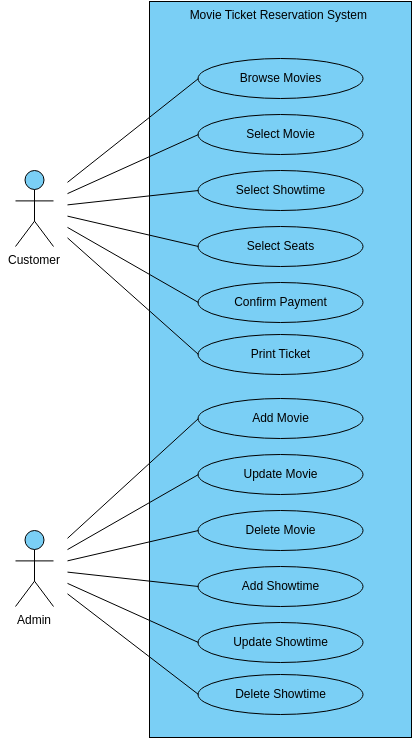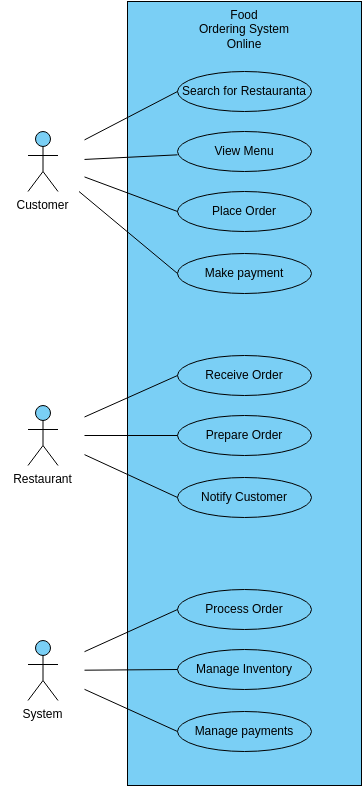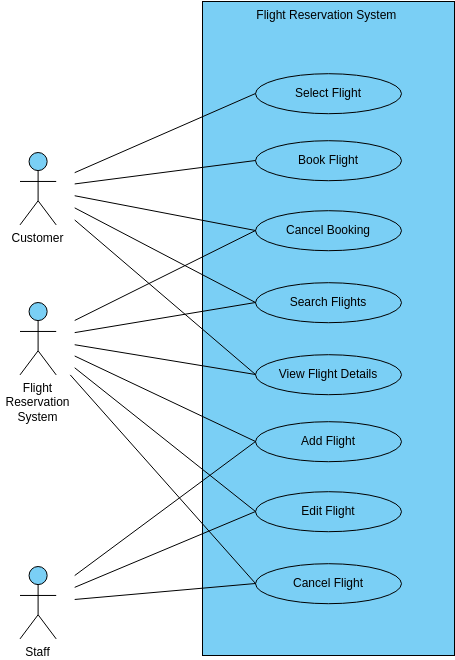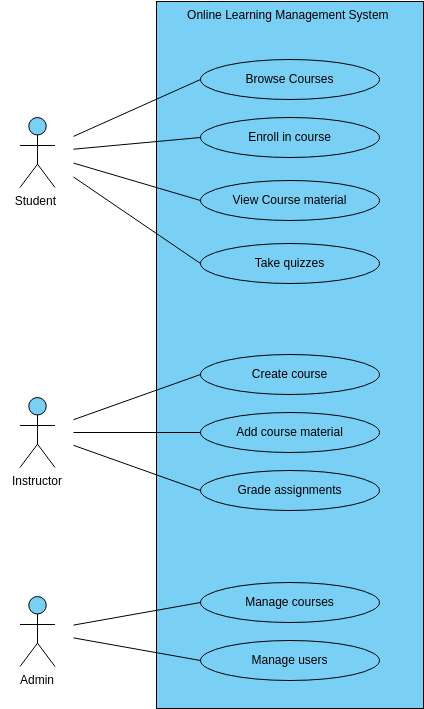Components of a use case diagram
The use case diagram consists of four components: use cases, actors, system boundaries, and relationships:
Actors - Before developing a system, we must first identify the users of the system. The users of the system are the participants of the system. In addition, we also have to play, what is the relationship between the system we develop and other systems? Thus, the participants of the system can be divided into two categories: people, including the users and maintainers of the system, and other systems.
Use cases - Use cases are units of system services or functions that can be perceived by actors. No use case can exist independently without participants. Similarly, any participant must have a use case associated with it, so the best way to identify use cases is to analyze the system participants, in which new participants are often found.
System boundary - A system boundary is a rectangle that you can draw in the use case diagram to separate use cases within the system from actors outside the system. The system boundary is an optional visual aid in the diagram that does not add semantic value to the model.
Relationship - To reduce the effort of model maintenance and to promote the reusability of the use case model, relationships between use cases include, extend and generalize.
